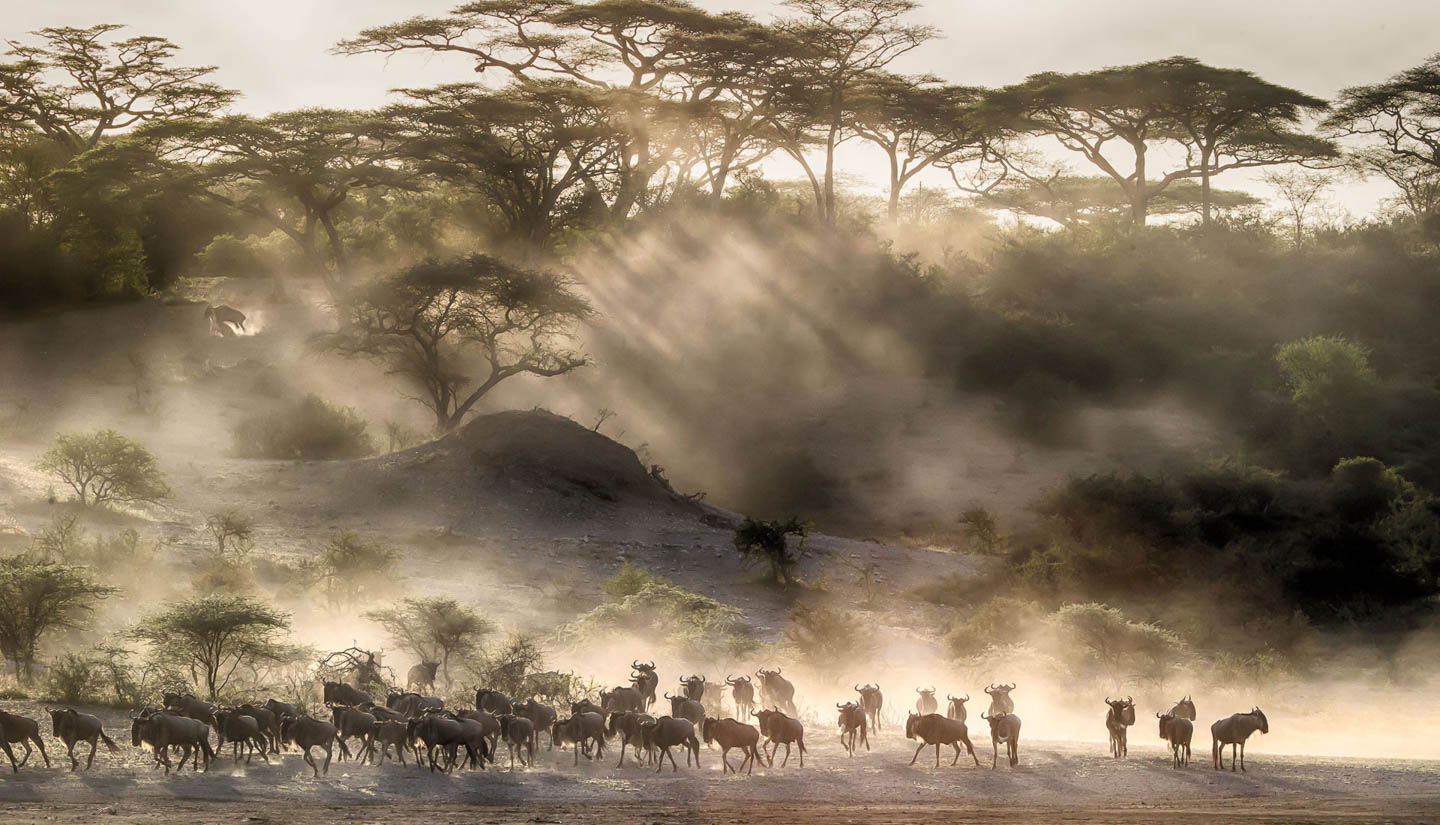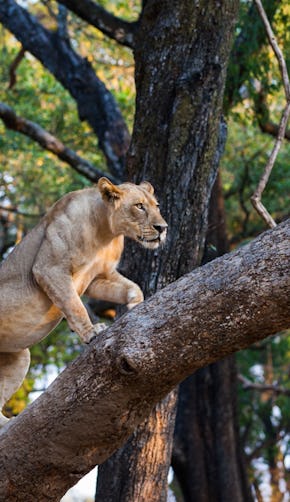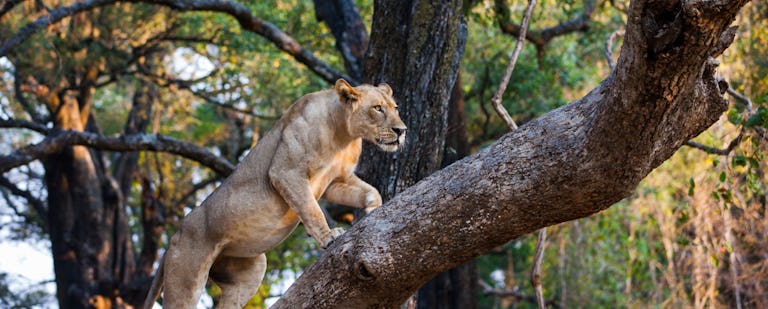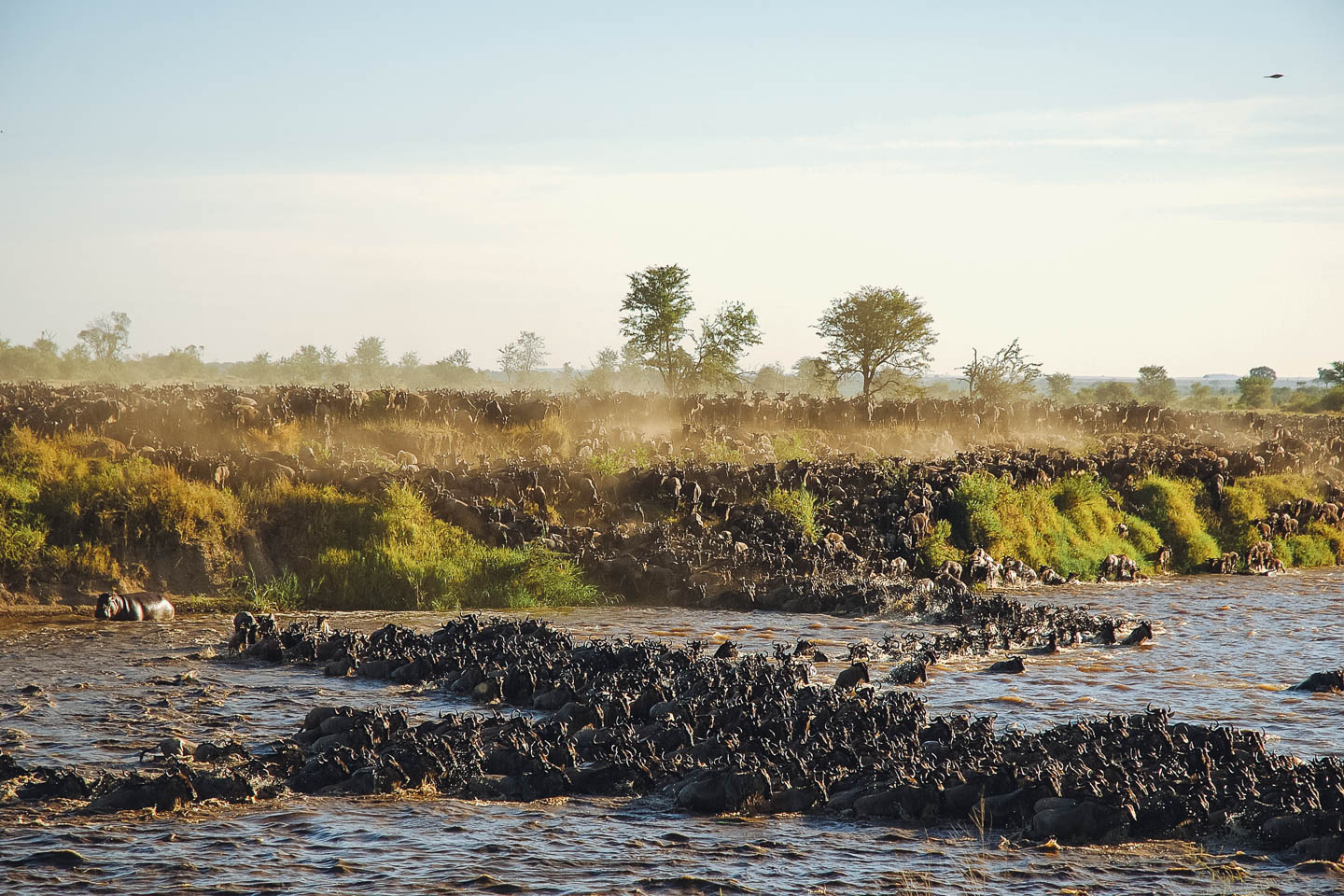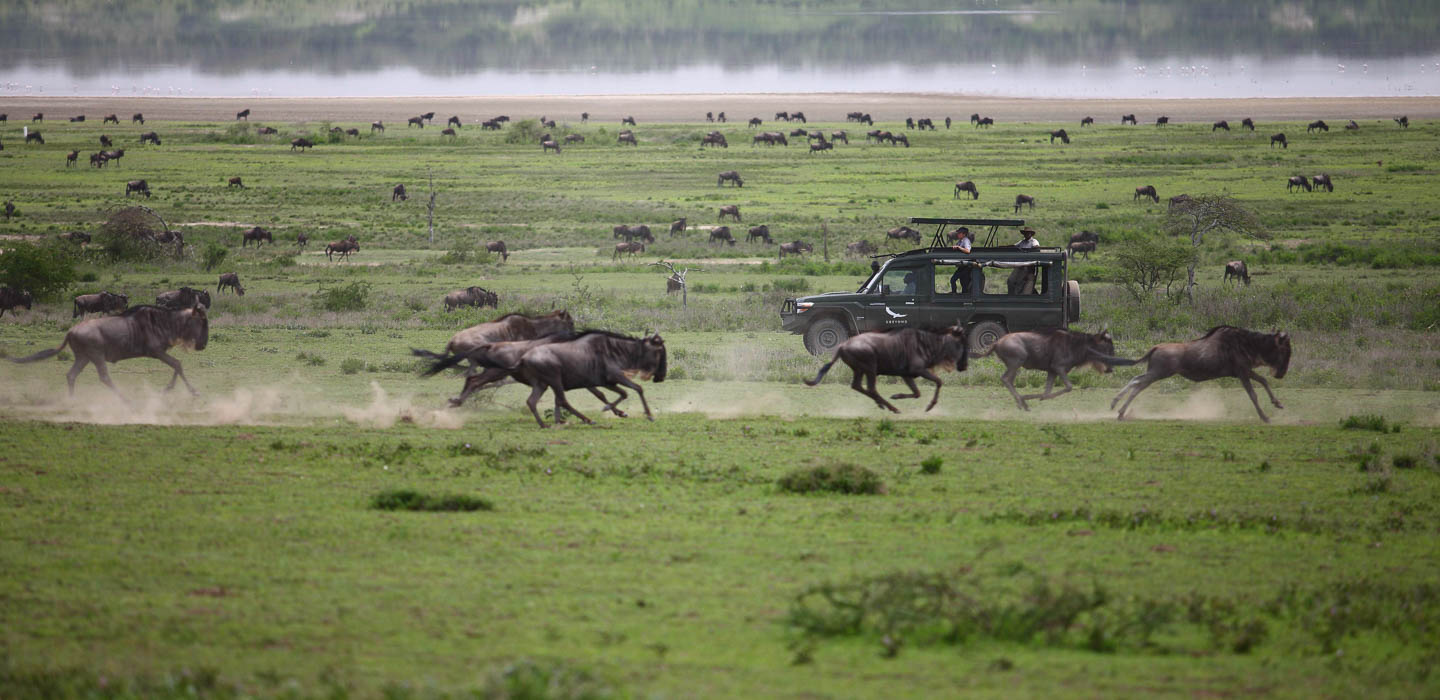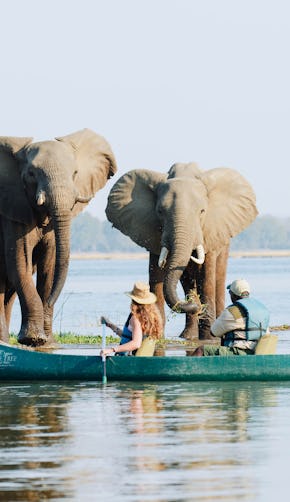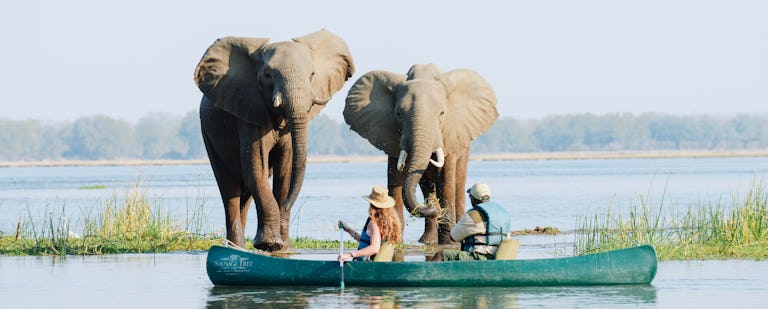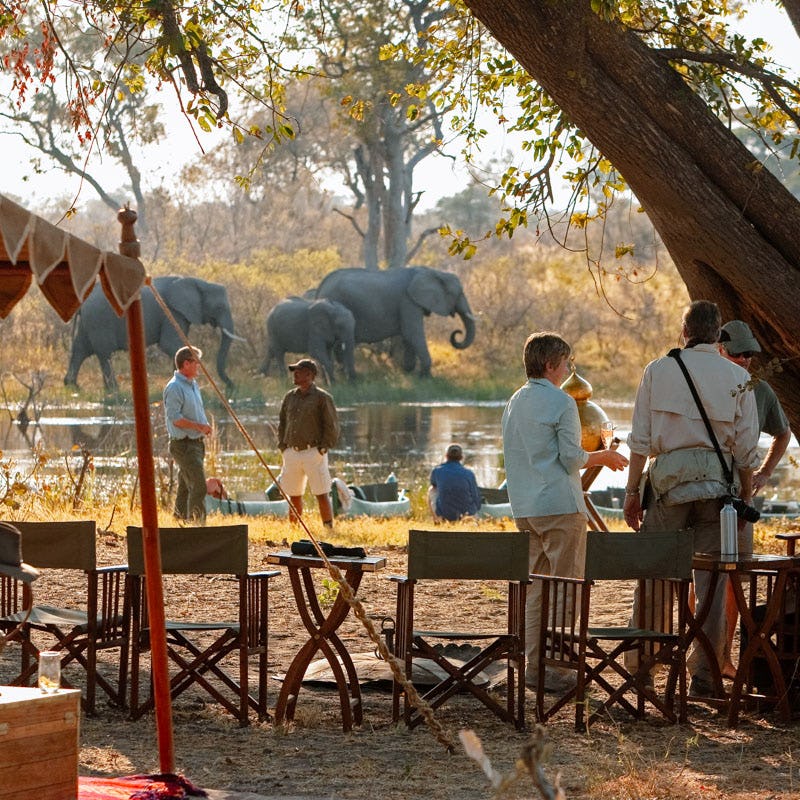What makes a million wildebeest get up and move at once? What is the sense that triggers them to muster the energy to begin a 1000-kilometre trek—to somehow know that it’s the right thing to do? This is the story behind the great wildebeest migration.
It’s mid March in the northern Tanzania, and thousands of animals are happily milling on the rolling plains of the Serengeti. The female wildebeest have just dropped their calves in a beautiful display of new life, as the youngsters stumble and stagger to their feet and are up and running within minutes. There’s still plenty of food to go around, and life must seem pretty idyllic for the wildebeest.
And yet, one, or two, or maybe a few hundred wildebeest sense something in the air.
For some reason, a few animals decide to start moving. They just get up and go, and the rest begin to follow.
Just like that: the largest terrestrial mammal migration on earth has begun.
It is a trek, a round trip, of some 1000 kilometers, over two countries (Tanzania and Kenya), across plains where predators—lion, cheetah and leopard—wait to pick them off, over hills, and through rivers with crocodiles waiting; battling disease, starvation, thirst and fatigue; with around 250 000 animals perishing along the way.

Why do they do it?
Why, when most wildebeest in Africa are non-migratory, do the animals of the Mara/Serengeti ecosystems risk it all in one mad trip?
No scientist or naturalist has yet been able to answer this question conclusively. But there are some theories.
Studies using aerial photography show a remarkable level of organisation in the structure of the wildebeest herds as they start moving. The groups display a wavy front that snakes out like the head of a swarm. This amazing structure cannot be apparent to each individual wildebeest, which means that there is some degree of decision making that is happening between the animals. Is there some sort of leadership being displayed; maybe a form of communication we don’t yet know about?
Some scientists believe that the wildebeest are motivated by the chemistry of the grass. The herds are attracted to higher levels of phosphorus and nitrogen, which changes in response to the rains. So perhaps the wildebeest are merely following their taste.
It might simply be instinct. Fossil evidence suggests that wildebeest have been roaming the plains of East Africa for over one million years. In the same way their body tells them to run when a lion appears out of the grass, maybe the instinct to migrate has been coded into the DNA of the animals over many years of evolution.
Perhaps they just know—and so they just go.
Whatever the reason, over 1.5 million animals begin a journey that will undoubtedly cause death to many of their own, but will also bring life to many more animals as they follow the rains in search of green nutrient-rich fields that will sustain the next generation.
And so they charge onwards.
It’s mid July, and the herds have been trekking across the duvet plains of the Serengeti for over three months.
The animals are tired, hungry, and thousand have been lost to predators, disease and fatigue. By this point in the journey, the wildebeest are probably wondering what they have done; and why on earth they should keep going.
But before it gets any easier, it’s going to get harder.
Before they can reach the lush Masai Mara grasslands, they must overcome one last obstacle — the rivers.
The throngs of animals amass in their thousands on the banks of the great Grumeti and Mara Rivers, and they wait. They build up their courage, energy, and motivation. It seems as if they will never do it, as if this is too large a barrier for them to cross. But in the same indescribable way that the trek began some 4 months earlier, one courageous wildebeest makes the first move—the first jump. They pour into the rivers like ants, leaping, bleating, calling—a crescendo of adrenaline and instinct.
One interesting study likened the wildebeest migration to a type of ‘swarm intelligence’. From the outside, the crossings seem to be frenzied and uncalculated—almost like mass suicide—but the animals are, in fact, systematically exploring and overcoming the obstacle as one single unit – or swarm.
It’s nearly October and most of the rumbling herd has made it across the Grumeti and Mara Rivers.
The wildebeest migration, they are tired and frightened, they congregate on the vast carpet plains of the Masai Mara, where new, nutrient-rich grasses spread out as far as the horizon. It must feel like heaven to the animals.
They have arrived.
After such a long journey, one presumes that the wildebeest might wait and enjoy the spoils of their trek. Or perhaps just stay for a while.
But as November begins, the storm clouds gather in the distance, and the wildebeest sniff the air, kick the ground, and stir.
They circle round the eastern fringe of the Mara, braving the mighty Mara River once more, and then head back to the final straight of their journey. They trek through western Loliondo and the Serengeti National Park’s Lobo area, returning to the green shoots which follow the rains on the short-grass plains of the southern Serengeti.
It’s now December, and the weary herds are arriving in the southern Serengeti after their epic year-long trek.
The mother wildebeest are heavy with pregnant bellies, and as soon as they are settled, the calves drop on the fresh grass. In minutes, the wonky-legged calves are up on their feet, somehow sensing that they need to be strong and independent soon.
Why?
There are predators lurking, and the youngsters know they have a long journey ahead.











